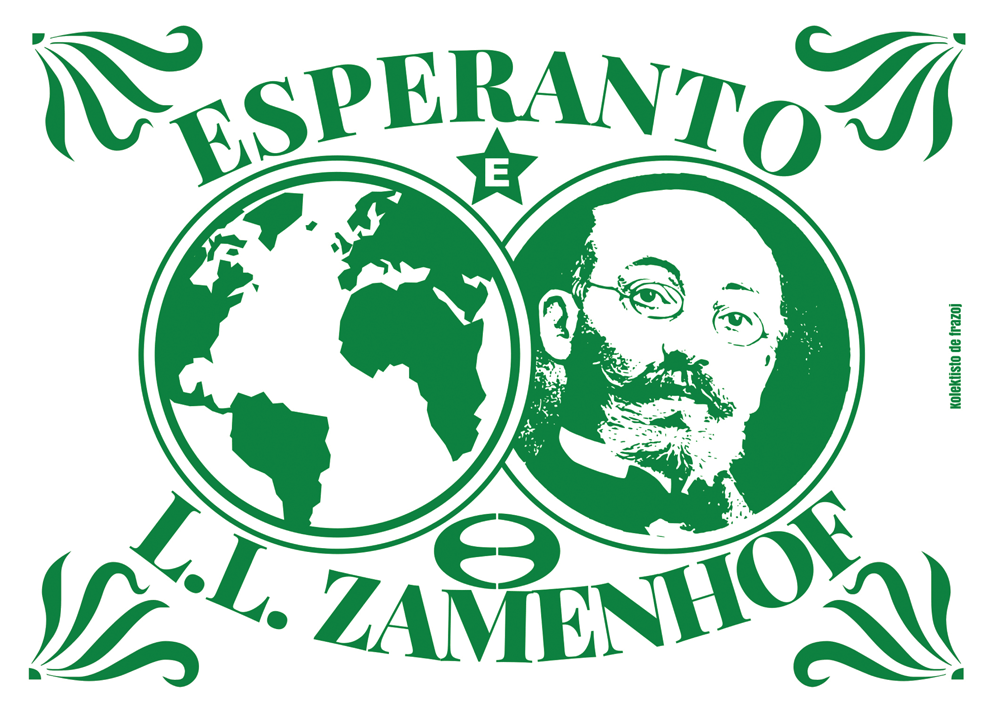
If the name of Polish ophthalmologist Ludwik L. Zamenhof isn’t familiar to you, his linguistic legacy surely must be. Zamenhof was born on December 15, 1859, and is known as the inventor of Esperanto – spoken by two million people and the most popular constructed language.
Born in Białystok, Poland, Zamenhof spoke Polish, Yiddish, Russian, Belarussian, German, French, and Hebrew. He started work on his “international language” in secondary school, but would not publish his finalized project until he had finished his medical studies. Zamenhof studied medicine firstly in Moscow, Russia, and then Warsaw, Poland, before working as an ophthalmologist from 1886, in Płock, Poland, and Vienna, Austria.
Zamenhof’s ultimate hope was for Esperanto to become a universal second language, thereby creating harmony and eliminating war between nations and cultures of the world. In fact, Esperanto means “one who hopes” and actually comes from the pseudonym that Zamenhof used when he first published Doktoro Esperanto’s International Language in 1887.
Esperanto itself is predominantly derived from European languages, and has regular grammar that makes it easier to learn than most languages (apparently, it only takes one hour to learn the grammatical rules). Although not perhaps as widely used as Zamenhof hoped, Esperanto is the only constructed language to have native speakers. And Zamenhof, who died in 1917, would doubtless be pleased that his International Language recently had a resurgence in popularity with around 1.1 million registered Duolingo users.
